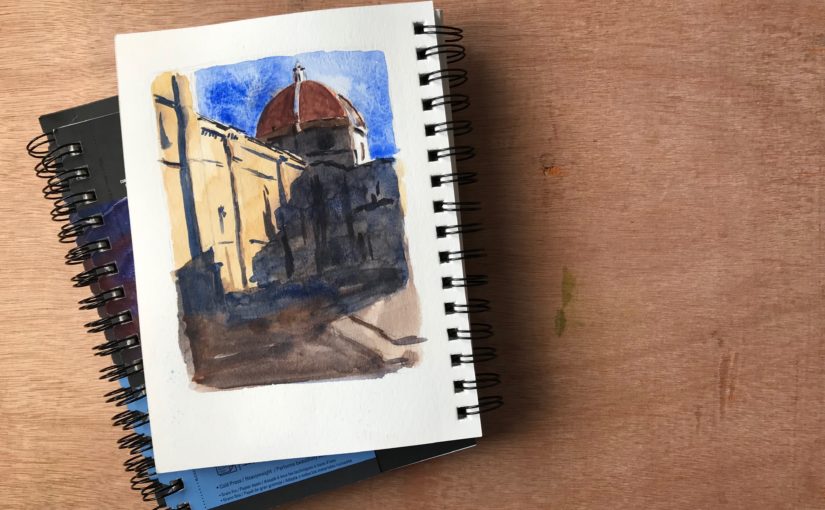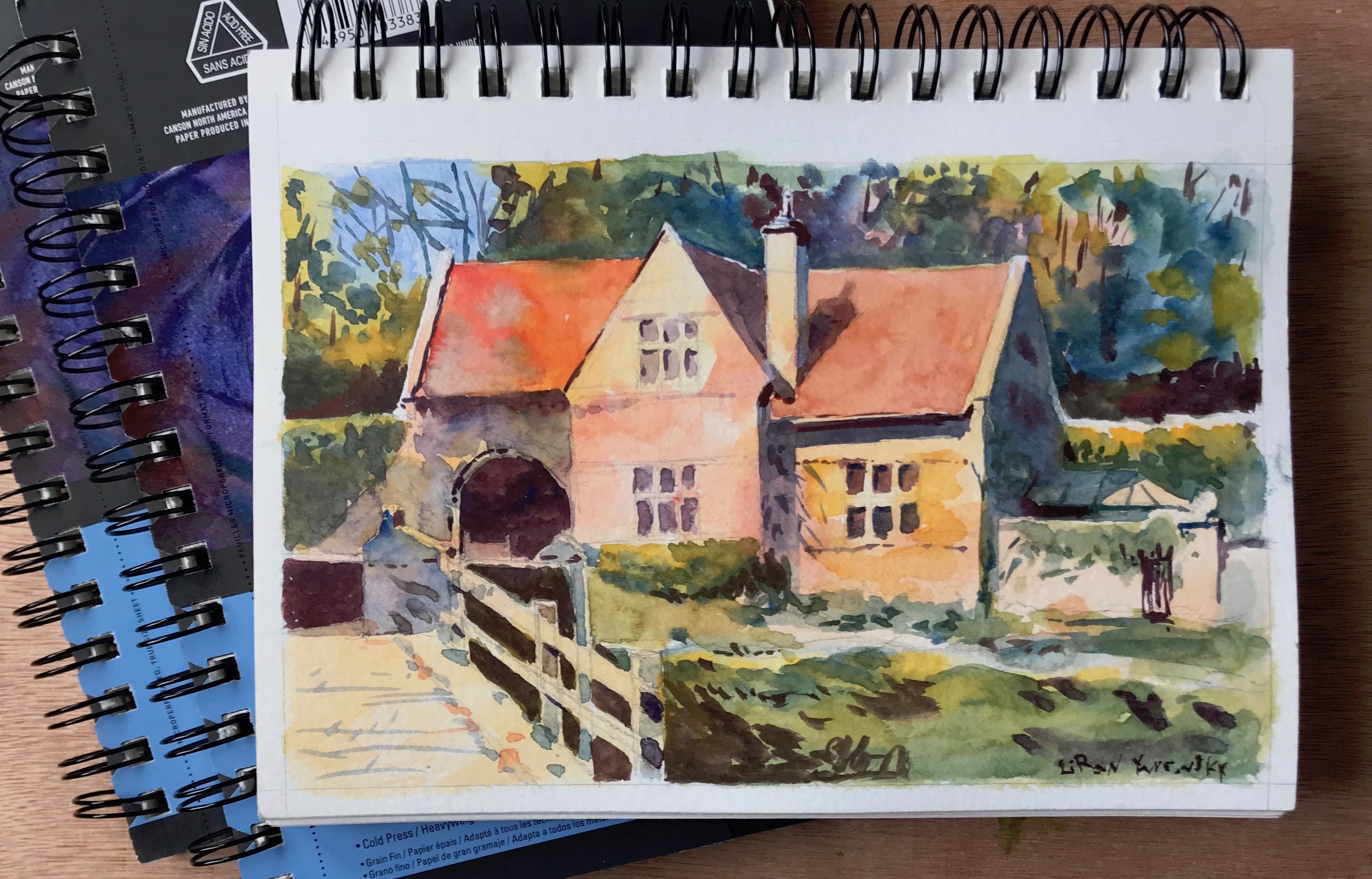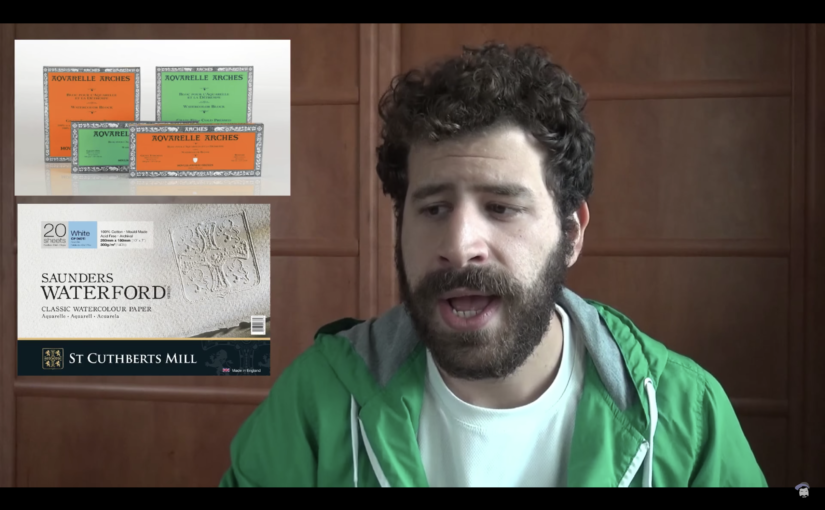Podcast: Play in new window | Download
Hi there! In today’s episode I want to present to you my new show – Business Monday. The show will deal with how to build a successful art business.
Business Monday – My New Show
Next week I’m going to start a new show on my YouTube channel.
Business Monday will be a show dedicated to the art business. I will talk to you from my own PERSONAL EXPERIENCE. I want to share my insights regarding how to build a successful art business.
Why I’m Starting This Show
My current content attracts a lot of older audiences, which is great! Sometimes, later in life – people find more time to create art and paint.
However, I’d also like to help younger audiences. I’m talking about young artists that are HUNGRY for success.
I feel like this is something I can share my knowledge about.
How I Got the Idea
I wanted to talk about topics related to art and business for a LONG time now. In fact, I’ve been doing that to some extent for a while now.
I would occasionally talk about topics such as business, marketing and so on. But it was always at the “fringes” of my content. It was something I always did “along” the way.
a few days ago I was talking to a friend about this. Suddenly he told me: “Why not just make a show dedicated to that?”
I immediately felt how on-point he was.
Content Pillars – Building an Art Business
I have many content pillars in my YouTube channel (and on other places such as Instagram). I talk about watercolor, sketching, The Paint Show, and I also have my new series – Painting Masters.
Having these as content pillars, or “headlines”, helped me significantly with brainstorming a multitude of ideas for videos, posts and so on.
But up until this point, I haven’t had an organized content pillar for BUSINESS. And now I do (:
My Intentions with Business Monday
Sharing ONLY What I Know
My only intent with this show is the share my insights. I will not pretend to know everything. I want to talk about the things I am experienced at.
I’ve been working on my art business and personal brand for the past 4 years, and only now feel like I start to reap some of the rewards.
And so, I also feel like I have a lot to teach.
Detailed, Specific Talk
Another thing I intend to do is to go DEEP. I want to show you the exact things I’m talking about. I want to show you my actual sales funnel, my Facebook ads, my autoresponder. Everything!
There’s plenty of general information out there. Frankly, it helps almost nobody. It’s been commoditized.
I want to give you what I did, specifically. That’s the best type of information, in my experience.
Conclusion
So now that you know about this new show, make sure you subscribe to my YouTube channel, if you still haven’t.
The first episode will be up on Monday, the 7th of May.
As always, feel free to comment and let me know if there are any topics you want me to cover in the show, podcast, or anywhere else!
And now, let’s wrap up with the Artist Corner.
Artist Corner
In this episode I wanted to talk to you about Alexander Votsmush.
Alexander is a watercolor painter. He creates surrealistic works that are simply astounding. He seems to have complete mastery of watercolor, and even realism. I believe he distorts reality as a style choice. I wouldn’t be surprised if he can draw realistically, or even hyper-realistically.
By the way, I read that Votsmush is a nickname, a play on the letters of his original last name – Shumtov.
Check out his Instagram here: @Votsmush
Check out these websites for an awesome view of his works:
LivingDesign – Alexander Votsmush
LinesAndColors – Alexander Votsmush
Here’s where you can find me (:
You can support me on Patreon
Check out my YouTube Channel – Liron Yanconsky
Or ask me questions on Instagram – @LironYanIL or Snapchat – @LironYan3
And this is it. I hope you enjoyed this episode!
– Liron












